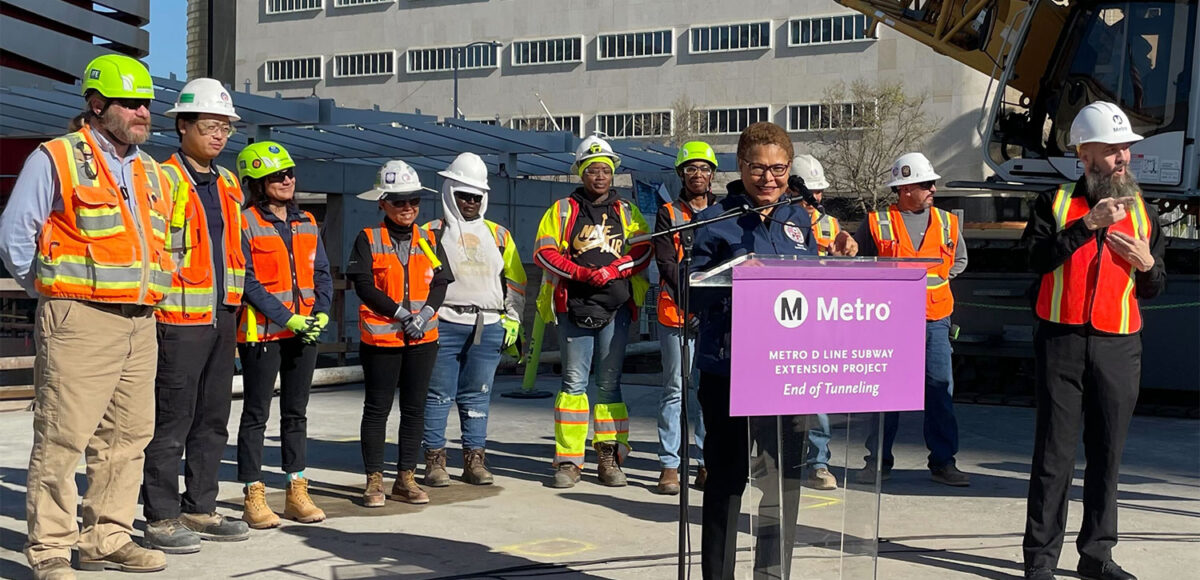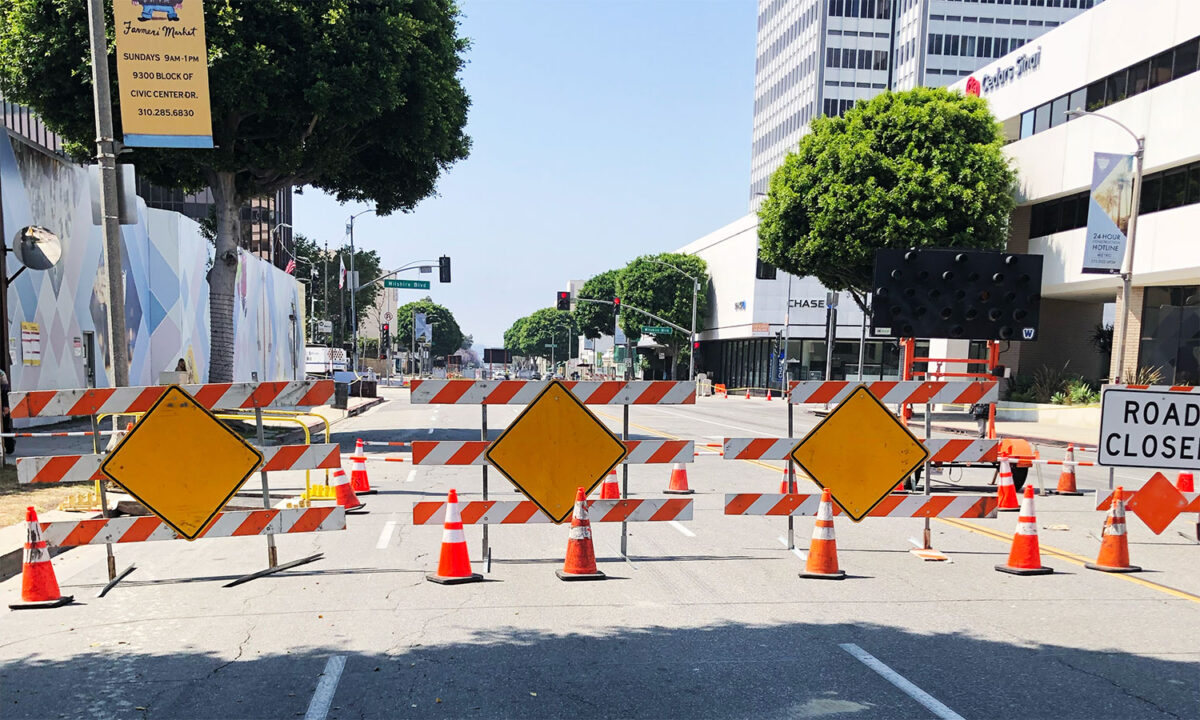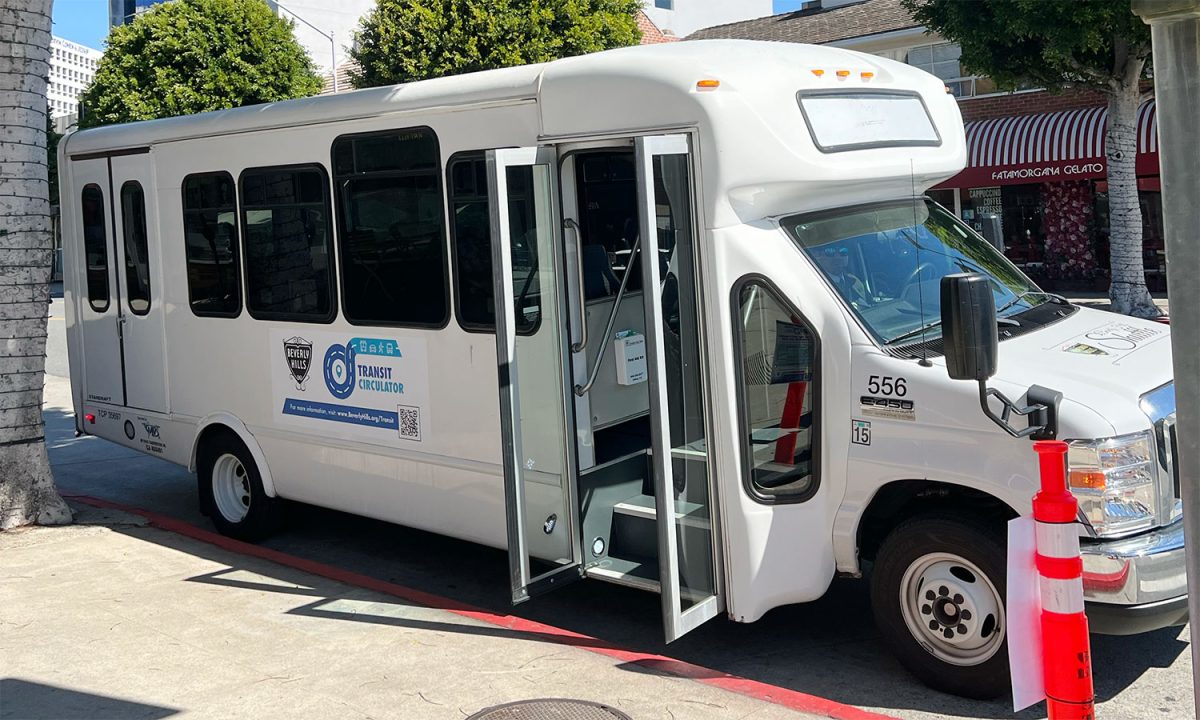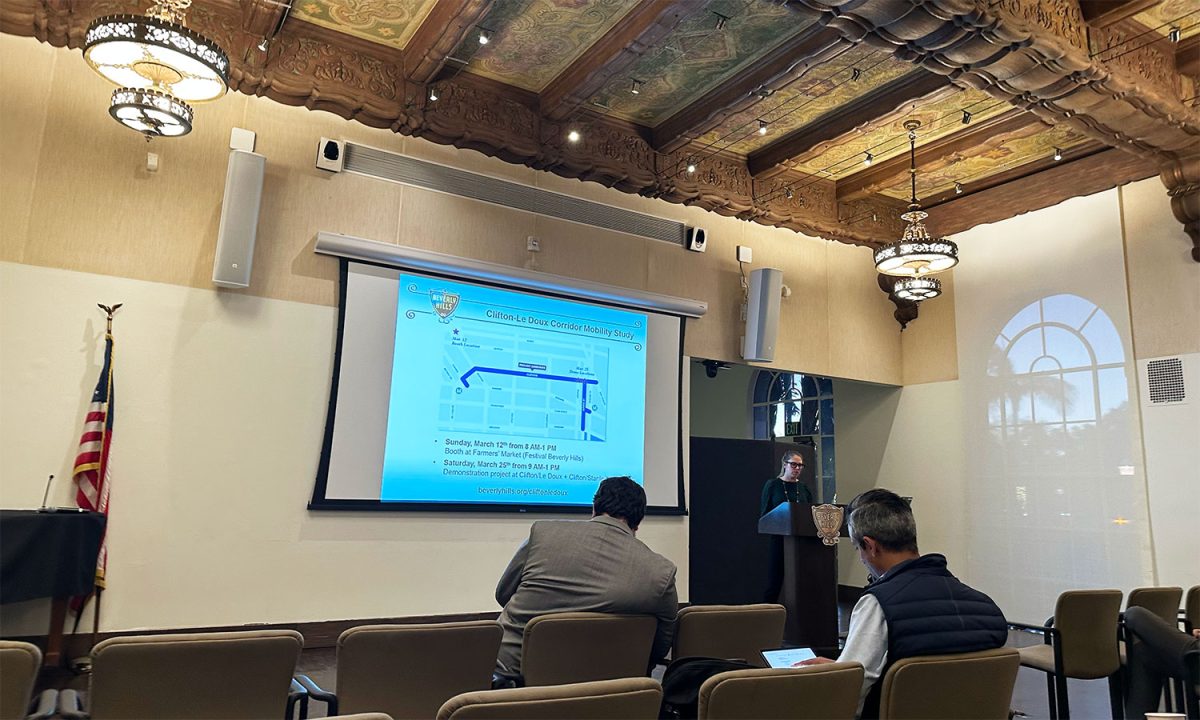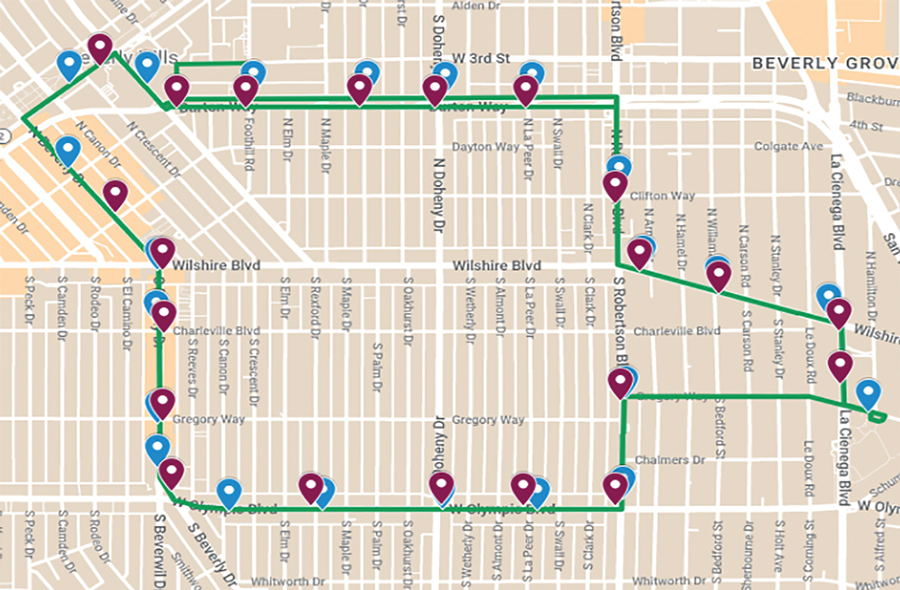Los Angeles Mayor Karen Bass, L.A. County Supervisor Lindsey Horvath (3rd District) and Metro officials gathered in L.A.’s Miracle Mile on April 2 to celebrate the completed tunneling of the Metro Purple Line Extension Project, the long-anticipated subway line expected to boost the region’s transportation network.
Scheduled for completion in 2027, the new subway is projected to carry more than 53,000 weekly riders between the Westside and Downtown, and Bass touted its regional benefits as L.A. prepares to take the world stage during the 2028 Summer Olympics.
“Think about … what it means for veterans living in Downtown who need to come to the Westside side for services and benefits. Think about what it means for out-of-state UCLA students looking to get out of Westwood and see what the city really has to offer,” Bass said during the press conference at the Wilshire/ Fairfax station. “What we’re talking about is transformative change that will change our city forever, and just in time for the world to come for the Olympics in 2028.”
Working 70 feet beneath some of L.A.’s densest neighborhoods, crews tunneled through challenging geological conditions, including tar sands and methane gas, a five-year endeavor representing a major construction milestone, Bass said.

All photos by Joey Waldinger
Metro CEO Stephanie Wiggins said tunneling is one of the most challenging aspects of any construction project, requiring immense skill and technical precision, and she lauded Metro’s leadership and labor partners for rising to the occasion.
“Tunneling feats like the one that we are representing today—I understand the completion of this tunneling effort is the largest in Southern California currently—these efforts don’t happen without strong partnerships with labor, skilled labor specifically,” Wiggins said.
She added that Metro’s labor agreements have helped support women and people of color entering the trades, and the project has built capacity for a diverse construction profession in L.A.
Plans to build a subway from the Westside to Downtown date back decades, Horvath said, but funding issues in the 1960s and 1970s caused delays, and a methane explosion in the 1980s led to a 20-year ban on federal funding for construction until new technologies became available.
When all three sections are up and running and all nine stations are completed, the subway is expected to see more than 53,000 “daily boardings” and will become a crucial component of regional public transit, serving more than 150,000 “linked trips” over the next decade, she added.
Section 1 between Wilshire/Western and Wilshire/La Cienega is slated to open next year, Section 2 between Wilshire/La Cienega and Century City is slated to open in 2026, and Section 3 between Century City and Westwood is expected to open in 2027, according to Metro. With tunneling complete, contractors Skanska-Traylor-Shea and Tutor-Perini/O&G will continue to complete seven underground stations.
“This project, more than just about any other in Los Angeles, is a product of generations of forward-thinking, and it’s a testament to the commitment of Angelenos to build a connected, convenient and safe public transit system for our region,” Horvath said. “This connectivity … will be integral to moving hundreds of thousands of visitors in 2028, when Los Angeles is on display.”

After the official remarks, Project Manager Jim Cohen led invited media, including the Courier, and other Metro stakeholders on a hard-hat tour of the station. The group descended flights of stairs into the brightly lit construction site. The scene revealed tracks on each side of the platform, metal signs that read “Wilshire/Fairfax” station on the ceiling, and staircases and escalators leading to an upper level.
At times it was hard to hear him over the mechanical noise, but Cohen painted a picture of a completed station, pointing to under-construction elevators and the sites of future turnstiles and emergency services.
Cohen, who has been with the project since the environmental phase, is glad to be nearing completion.
“We can literally see the light at the end of the tunnel,” he said.
Beverly Hills Chamber of Commerce President and CEO Todd Johnson, who also toured the new station, hopes that the Metro will bring new economic opportunities to Beverly Hills. He noted that the Metro could
attract new visitors who are reluctant to drive in, and could make it easier for people staying in Beverly Hills hotels to explore more of L.A.
The Metro also represents a significant opportunity for new development, especially in the city’s southeast region, and some businesspeople have already scoped out potential locations near the Wilshire/La Cienega stop, he said.
While the Metro has also prompted concerns of heightened crime, a frequent topic of discussion during this year’s City Council race, Johnson is confident that the Beverly Hills Police Department will keep crime low.
“We’re all cautiously optimistic,” Johnson said. “We’ll see what it brings.”



